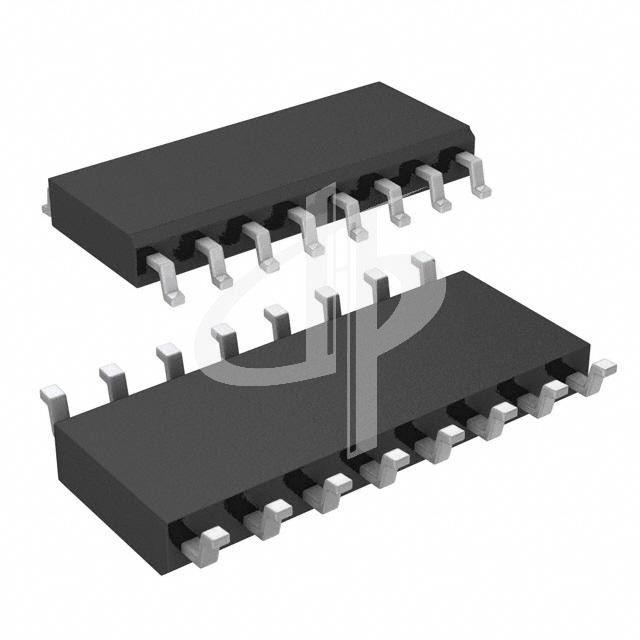The Diodes Inc. 74HC595S16-13 is a 8-bit serial-in/serial or parallel-out shift register with output latches; 3-state. This Integrated Circuit (IC) facilitates serial input and parallel output operations and finds extensive use in driving LED displays, controlling digital circuits, and managing various other integrated circuit setups. Here's a breakdown of its working principles, functions, and applications:
Working Principles:
The 74HC595S16-13 operates based on the principles of serial transfer of data and parallel latch storage. It makes use of a serial-in, parallel-out shift register that enables the conversion of serial input data into a parallel output. This shift register is often used in conjunction with microcontrollers or other digital logic to control the flow of data to connected devices.
Functions:
-
Serial-In, Parallel-Out Shift Register: The IC enables serial data to be shifted into the device, and then output on 8 parallel output pins, one bit at a time.
-
Output Latches: The 74HC595S16-13 includes output latches, which allow the parallel data to be stored and then latched onto the output pins when needed.
-
3-State Outputs: The IC features 3-state outputs, allowing the outputs to be actively driven, held at a high impedance state, or pulled to ground.
-
Cascadable: Multiple 74HC595S16-13 ICs can be daisy-chained or cascaded together to extend the number of output bits available.
-
Clocking and Control: The IC requires clock signals to manage the serial input and parallel output processes, and often includes control input pins for data shifting, output latching, and enable functions.
Applications:
-
LED Matrix and Display Control: Commonly used to drive LED matrices and displays in a wide range of applications, such as digital clocks, scoreboard displays, and informational signage.
-
Microcontroller Interfacing: It serves as an interface for microcontrollers, facilitating expanded output capabilities, enabling them to control a larger number of output devices with a restricted number of GPIO (General Purpose Input/Output) pins.
-
Shift Register Logic: Employed to implement shift register logic functions, allowing sequential data to be processed or routed in digital circuits.
-
Digital Control and Expansion: Used in digital control and expansion modules for various electronic systems, particularly when there's a need for additional digital outputs.
-
General Purpose Digital Logic: Utilized in a wide range of digital system designs for tasks such as data storage, signal multiplexing, and controlling digital peripherals.
-
Automotive Electronics: Integrated into automotive electronics and control systems for functions like dashboard displays, lighting control, and instrumentation panels.
Additional Considerations:
When using the 74HC595S16-13 in a design, it's important to adhere to the manufacturer's datasheet for operational guidelines, including power supply requirements, clock timings, and operating conditions. Proper understanding of data transfer processes, latch timing, and control signals is essential for correct operation and interfacing with microcontrollers or other digital control circuitry.




